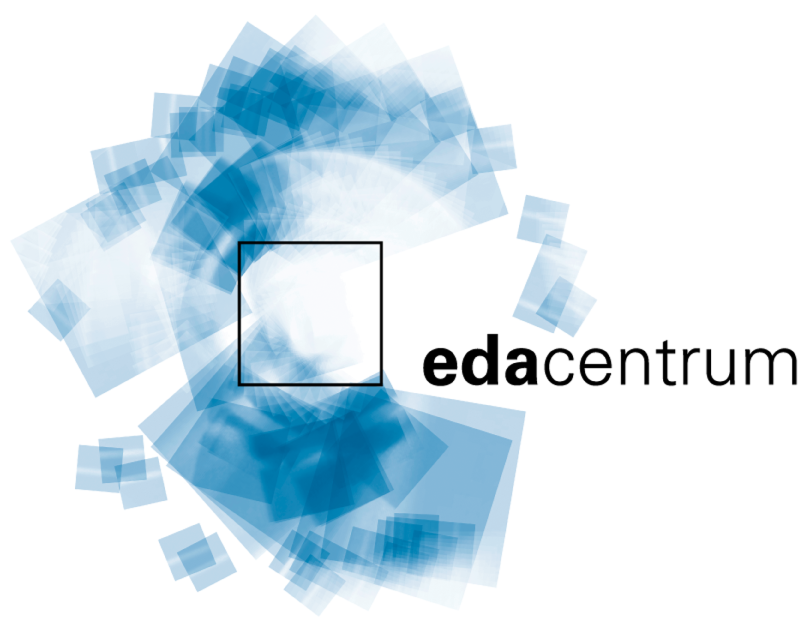The Design-Manufacturing Roadmap
Technical Session 1
The Deep Submicron Hell of Physical Design Keynote
Andrew B. Kahng, Professor at the Computer Science Department University of California, San Diego
Abstract
Designers, EDA vendors, and semiconductor manufacturing equipment vendors have fundamentally conflicting goals, with each community engaged in incremental, linear extrapolation of its current trajectory. To maintain the cost (i.e., value) trajectory of Moore's Law requires the cooperation and co-evolution of these communities. From the EDA perspective, focus areas include .
- direct, manufacturability-driven optimization of cost and value;
- restricted and/or error-tolerant design;
- intelligent data preparation;
- "analog rules" (as opposed to "digital", 0/1 rules);
- and a host of other potential layout and design optimizations.
The basic need is for a "bidirectional design-manufacturing data pipe", driven by cost and value. Design functional intent must be passed to manufacturing, so that incremental manufacturing resources directly improve circuit performance, parametric yield, and/or other measures of product value. Going the other way, models of manufacturing equipment and processes must be passed up to design, so that, e.g., only manufacturable and verifiable layouts will be created. This talk addresses key design challenges for mask, litho and cost-driven product development - as well as a roadmap for design-manufacturing integration.
Curriculum Vitae

